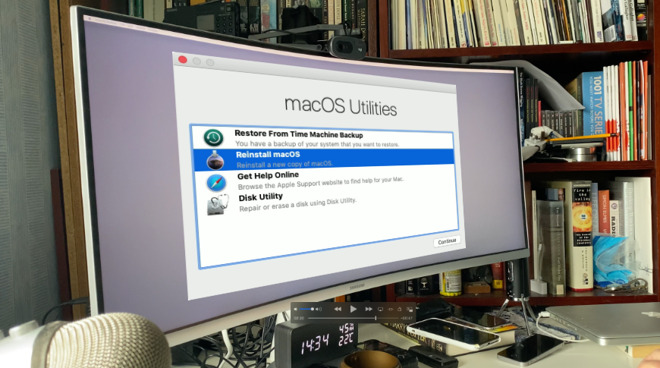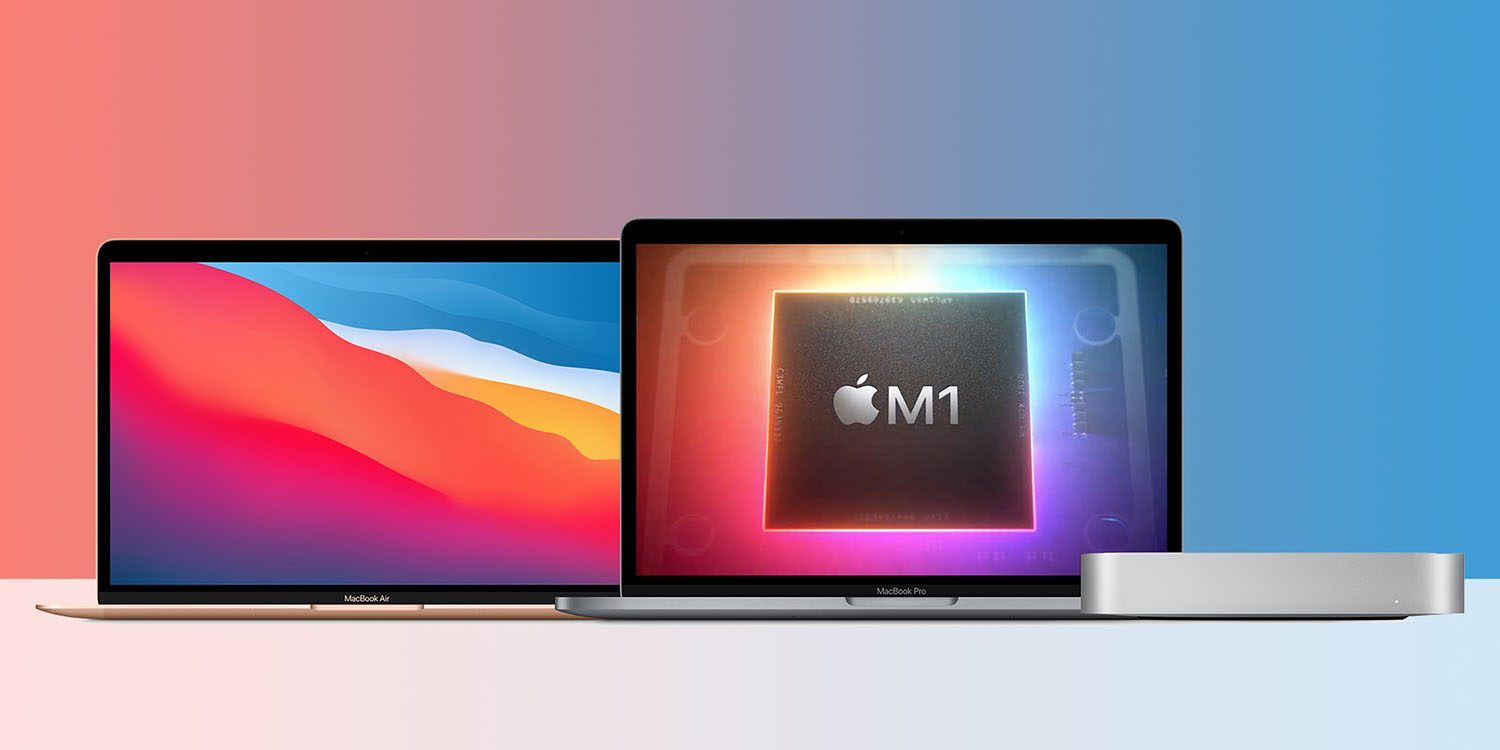

Sudo /Applications/Install macOS Mojave.app/Contents/Resources/createinstallmedia –volume /Volumes/YourExternalDriveName Remember to replace YourExternalDriveName with the drive’s actual name that you created in the formatting step. Follow this path:įinder > Applications > Utilities > Terminal Now the external drive needs to be bootable. Select Done when the formatting completes. Name the drive, select the proper format (MacOS Extended or APFS), select GUID Partition Map if available, and then click Erase. Select your drive listed under External and click the Erase tab. Connect an external drive and follow this path:įinder > Applications > Utilities > Disk Utility To continue, you’ll need to format an external drive.
#Reinstall ios for mac mac
The best way to retrieve a copy is to follow this link on a Mac, as Mojave doesn’t show up when performing a search within the Mac App Store itself.Ĭlicking the link should automatically load Mojave’s product page within the Mac App Store app.

You’ll need to grab MacOS Mojave from the Mac App Store. Enter the administrator credentials when prompted, then check the box next to the Allow Booting From External Media option listed under External Boot. With Recovery Mode open, click Utilities on the toolbar followed by Startup Security Utility in the drop-down menu. Otherwise, restart the Mac and hold down the Command and R keys until the device boots into Recovery Mode. If your Mac doesn’t include Apple’s T2 security chip, you won’t need to enable external media booting. To verify that you have this chip, follow this path: Apple button > About This Mac > System Report > Controller (or iBridge). These devices include Apple’s T2 security chip providing secure boot, encrypted storage, live “Hey Siri” commands, and more.
#Reinstall ios for mac pro
It also applies to the iMac Pro released in 2017 and newer. This step applies to MacBook Pro, MacBook Air, and Mac mini models released in 2018 and newer. If you need help backing up your Mac, follow these step-by-step instructions. As stated, downgrading to Mojave requires wiping your Mac’s drive. If not, create one now before moving on to the next step. Chances are you may already have a backup before installing Catalina. Further reading:īefore anything, create a current Time Machine backup to save your files, or send everything to the cloud, whether it’s Dropbox, OneDrive, iCloud, or so on. Just make sure to choose the right operating system (OS) version for what you want. Note: These steps work just as well for switching from MacOS Big Sur back to Catalina. If your Mac initially shipped with Mojave, however, you can skip the external drive instructions. The downgrade requires wiping your Mac’s primary drive and reinstalling MacOS Mojave using an external drive.

Unfortunately, you can’t simply revert to Mojave. You installed Apple’s new MacOS Catalina on your Mac, but you might be having issues with the latest version.


 0 kommentar(er)
0 kommentar(er)
